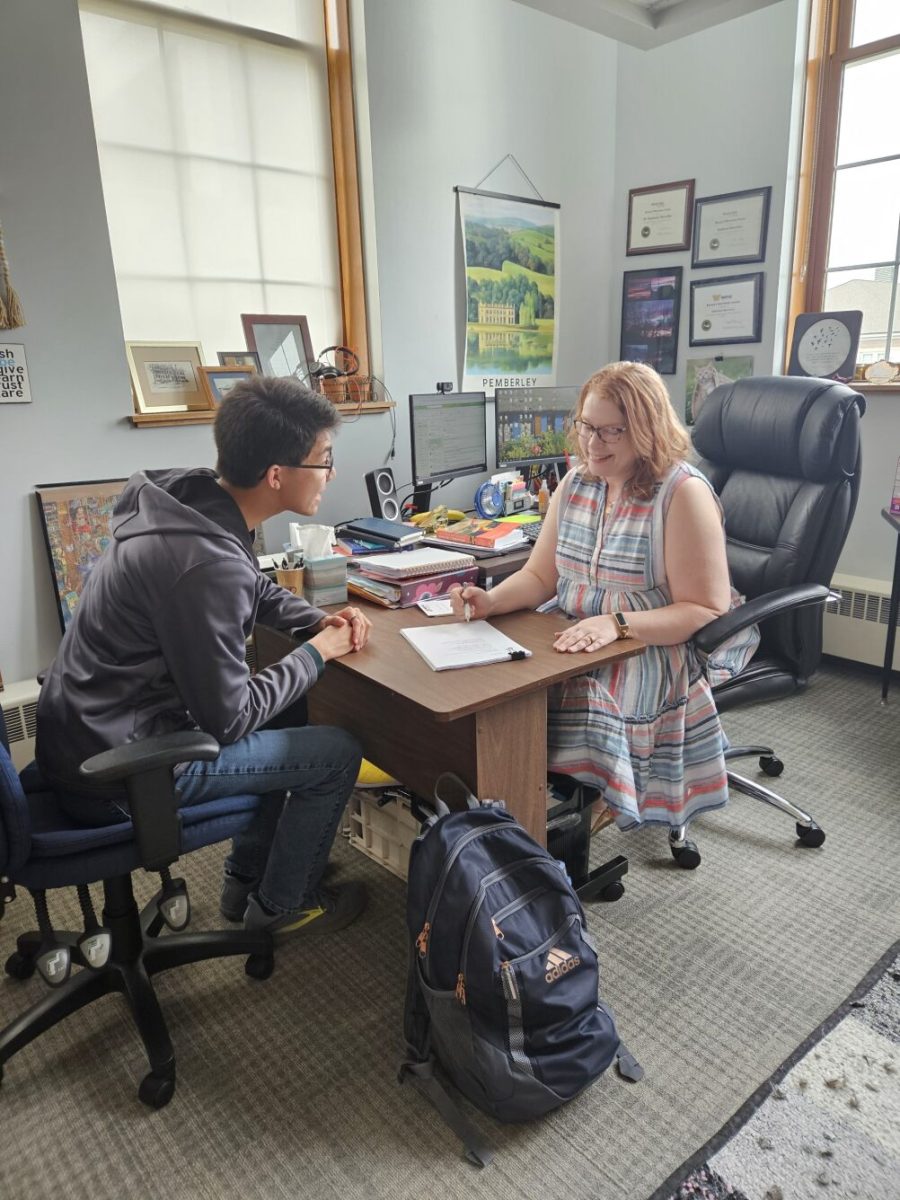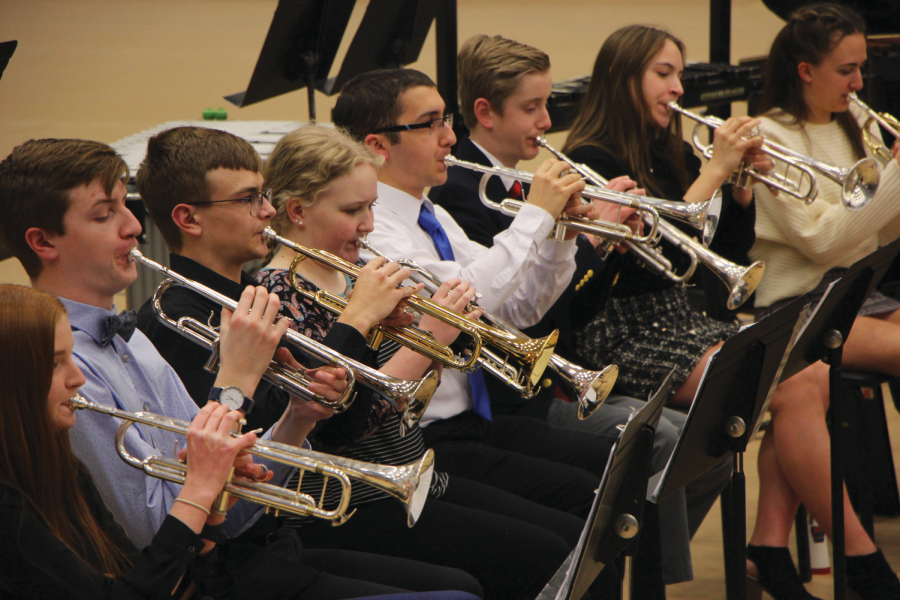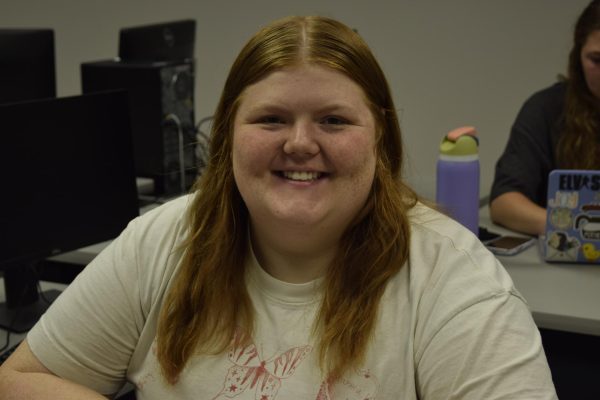President Donald Trump is making headlines again, this time for his sweeping takeover of the John F. Kennedy Center for the Performing Arts.
In a series of controversial moves, Trump dismissed 18 board members earlier this year, replaced them with political allies, and named himself chairman. He also removed longtime Kennedy Center president Deborah Rutter, sending shockwaves through the arts world.
“To eliminate the board and reappoint only people whose political ideologies align is an unprecedented move,” Joshua Calkin, a music professor on campus, said. “Not to mention, I’ve never really thought of President Trump as a person with a vested interest in the arts, so I wasn’t really sure what his motivation was.”
The Kennedy Center has traditionally operated as a nonpartisan space meant to celebrate diverse artistic expression. Trump’s sudden power-grab has critics accusing him of turning a cultural institution into a political stage. He’s already announced plans to cut programming he deems “inappropriate,” and has described the center as being in “tremendous disrepair,” hinting at renovation, and likely a rebranding.
“He wants to limit the Center’s offerings that represent diverse viewpoints,” Calkin said. “He and his administration have indicated that they want to severely cut, or eliminate entirely, programming that represents LGBT artists and perspectives, because the Kennedy Center is ‘too woke.’ In truth, the Center’s programming is simply diverse and representative of all Americans.”
Artists and creatives haven’t stayed silent. Issa Rae pulled out of a sold out show, the 2026 Hamilton tour has been cancelled and Ben Folds stepped down as artistic advisor to the National Symphony Orchestra, saying he couldn’t support the center’s new direction.
Trump supporters argue that his involvement brings energy and accountability to the Kennedy Center, but many others see it as a threat to artistic freedom. They worry that politics are taking precedence over creativity and that Trump is reshaping the arts in his own image.
“Often, art is meant to be critical of those in power and challenge the power dynamics of society,” Calkin said. “This was true hundreds of years ago, just as it is today. As soon as politicians begin to stifle the activities of arts organizations because of differences in ideology, we’re headed down a slippery slope of control of expression, speech, and finally, thought.”
For campuses like ours, which pride themselves on vibrant arts programs and creative freedom, this moment is a reminder that the future of the arts isn’t just shaped in major cities or D.C. It starts in classrooms, studios and student stages. What happens nationally could influence how the next generation of artists, performers and creators are supported or silenced.
“As college students, you already have an advantage, in that the main goal of a liberal arts education is to learn critical thinking,” Calkin said. “So putting those skills to use in interpreting what the media and politicians tell you is critical. Run everything through your filter of your education, because politicians and the media, regardless of political party, will only give you enough of the story to help further their agendas. Stay informed through a wide variety of sources, stay politically active even in non-Presidential-election-years and vote your interests.”







